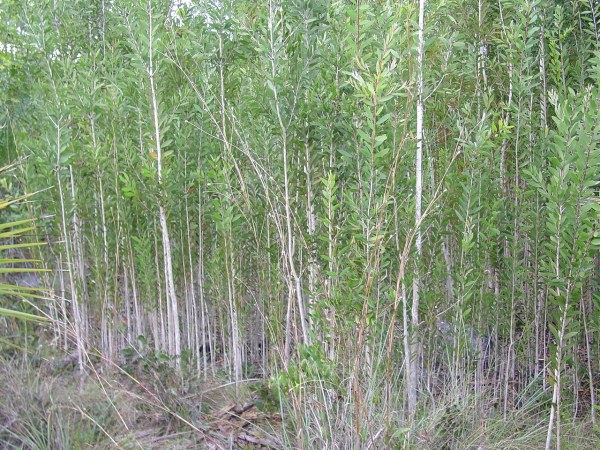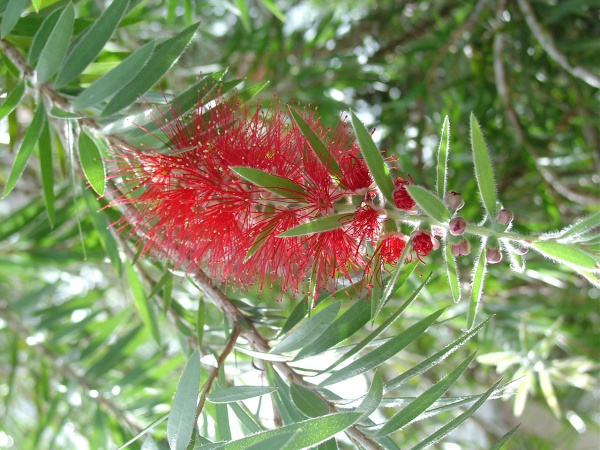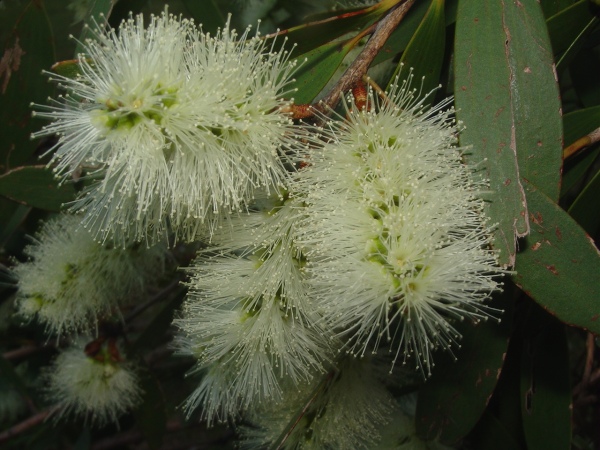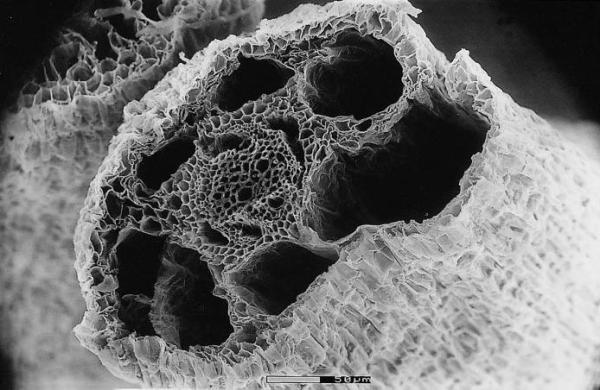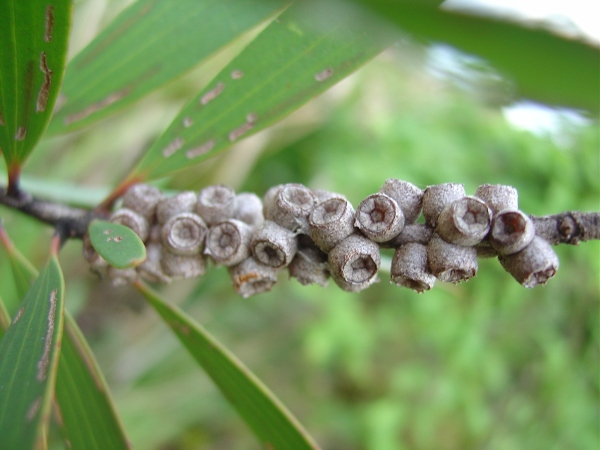Melaleuca
Melaleuca quinquenervia
Myrtaceae
John and George devoted our usual Friday botanizing yesterday to the computer in an effort to rejuvenate our aging Grass web site (www.floridagrasses.org) limping along on software from the Bush II Administration.
So then stepping back one more day, Thursday I visited Apoxee Park in West Palm Beach to prepare my Horticultural Taxonomy class, and noted the massive Melaleuca monoculture thereabouts. Melaleuca is arguably the most loathed botanical bioinvader in South Florida. But who knows, maybe someday all that biomass will turn out to be good for something better than evapo-transporation swamp drainage. You’d think that most Floridians would know Melaleuca, so it surprises me each year to have students blissfully ignorant of the tree.
Like it or not, Melaleuca is with us until somebody achieves the holy grail of biocontrol—a super pest able to annihilate it yet harmless to other Myrtaceae. Until then we might as well know the tree and find something to appreciate about it. Grant me the serenity to accept the things I cannot change.
Have you ever noticed the resemblance of Bottlebrush (Callistemon species) to Melaleuca? Contemporary taxonomists tend to regard them both as belonging to Melaleuca. Tightly related they are. Why did one cousin go bad and the other go good? “Good” exotic plants can behave for years, but one day turn naughty like Miley Cyrus. Bottlebrush is following its white-flowered cuz down the road to perdition. I’ve seen it invading wetlands near Orlando like the red-flowered Melaleuca it is. The species is now a Category II invasive exotic in the eyes of the Florida Exotic Pest Plant Council.
Back to white-flowered Melaleuca. Nothing is totally bad. Maybe you’d like youthful skin? Perhaps then tea tree oil (from a different Melaleuca species) is for you. CLICK John and I tried it, and we experienced an alluring radiant glow.
Something Melaleuca does well is generate wood! And wood is a commodity. Last week in class, as I handed out a handout a snarky student said, “how many trees did you kill for that?” Hmmmmm, Do we need to farm trees for paper when we have unloved Melaleuca galore? A superficial Google search shows Melaleuca in paper. CLICK And to the extent that wood serves as fuel, there is Melaleuca to burn. CLICK So then hold off on the Melaleuca-eradicating GMO bugs! Maybe someday we’ll rejoice in such fast-growing woody biomass to roast pythons and fuel our steam cars. If nothing else, we’ll mulch our edible weed patches with it. CLICK
Melaleuca is native to Australia and somewhat beyond. And here is a little Melaleuca humor: According to a U.S. Forest Service report, original Melaleuca forests in Australia are declining to the point of requiring special conservation efforts.
Melaleuca is the local master of surviving fires. The papery peeling bark holds water as an apparent fire protection, although after it dries the outer bark ignites to the point of conducting low fires into the crown. That does not necessarily kill the tree. The leaves are loaded with combustible oil, producing dramatic crown fires.
The tree prefers wet places and might be said to benefit from flooding. Flooding brings forth upward-growing hollow snorkel roots rising to the surface of the water, a little reminiscent of the dead man’s fingers in Black Mangrove.
The tiny seeds form in massive quantities in clustered woody capsules. Some seed release is almost continuous, while other seeds remain in woody capsules on the stem for a “rainy day,” when fire, age or other drying trigger massive release. A single tree can maintain some 50 million seeds sequestered high and dry.
Of course many people despise Melaleuca, but why be a hater? Maybe it is all a matter of how you look at things. Florida Horto-Pioneer Henry Nehrling had a heart filled with love and optimism. His positive words permit us to end on a nice note (1933):
“This attractive and useful Australian tree has only lately received the appreciation that is its due…It grows fast and is extremely ornamental. The small leaves, white bloom, and remarkable white-colored spongy bark which flakes off in rich papery flakes, all add to its charm.”
Henry would be thrilled to know that since the 1930s our opportunities to appreciate the charm have expanded.

